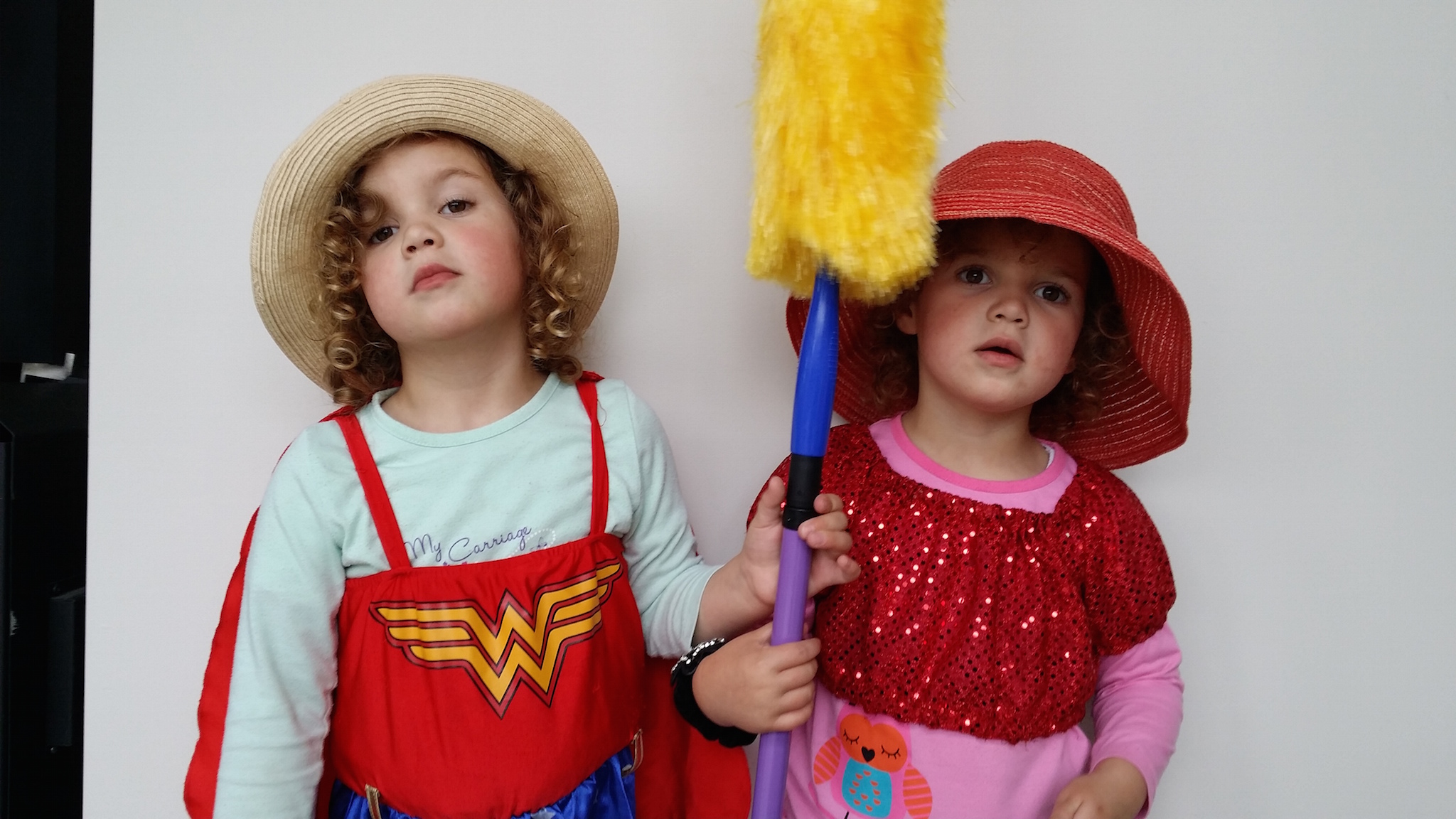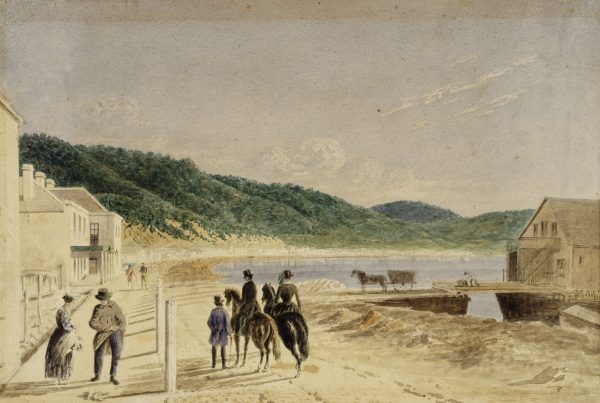Two little girls, both with pretty curls
Twins almost always in sync
But one is a lover of any old colour
While the other will only have pink.
I have identical twin daughters who recently turned four. They share exactly the same DNA, have had the same upbringing in the same house with the same parents. Neither has spent any longer than an hour or two apart from the other. In other words, their nature and their nurture are as close as two separate people can be. Perfect if you’re wanting a pair to observe in the name of science or, if not science, then a world-changingly important article in a leading magazine.
So why is it that one of them, Miss L, is obsessed with the colour pink? Don’t think I’m exaggerating for effect, either. Her one wish for Christmas was a real, live pink pony. With wings if possible and a horn on its forehead.
“You mean a unicorn?” her foolish father asked.
“Nooooo. A PONY!”
In fairness, Miss M likes pink too, but if you ask her, she prefers blue. Or green. Yellow is good too (if it’s a hair-tie). For Miss L everything must be pink. Her pyjamas and socks are pink.
This is something we have not actively discouraged as it makes things simpler for us in a practical sense. When looking in the drawers, for example, it’s easy to spot which T‑shirts belong to whom.
Given that we’ve gone with the pink thing so easily, is it our fault — her slack parents — for not being anti-pink enough? Does she have some pink-tinged birth defect? Will she want rose-coloured glasses?
A recent issue of Current Biology printed results of a study by Anya Hurlbert and Yazhu Ling, neuroscientists at Newcastle University, which suggested that women may be biologically programmed to prefer the colour pink — or, at least, redder shades of blue — more than men. That immediately led to other researchers turning a darker shade of rouge with rage and publishing their own results.
Website howstuffworks.com quotes University of Maryland historian Jo Paoletti. He reckons that until the 1950s, “There was no gender-colour symbolism that held true everywhere. Because the pink-for-a-girl, blue-for-a-boy social norms only set in during the 20th century in the United States, they cannot possibly stem from any evolved differences between boys’ and girls’ favorite colors.”
The mystery deepens when you go back further. The June 1918 issue of The Infant’s Department, a trade magazine for baby clothes manufacturers, has this: “The generally accepted rule is pink for the boy and blue for the girl. The reason is that pink being a more decided and stronger color, is more suitable for the boy; while blue, which is more delicate and dainty is prettier for the girl.”
To confuse the issue further, Marco Del Guidice, a sociologist at the University of Turin in Italy, says, “Pink seems to have been a feminine colour at least since the late 19th century.” He collated the pink and blue references from books. Lots and lots of books.
The upshot of all this is that the more I look into it, the less I know for sure. Perhaps, to misquote the poet, ours is not to reason why. One of my girls likes pink, nay loves it, the other one not as much. One of them is not wrong, the other right. One of them is not bad, the other good. For Miss L, pink is symbolic of nothing at all. It is just a colour that makes her happy.
Who am I to deny her a crimson-cheeked smile?





